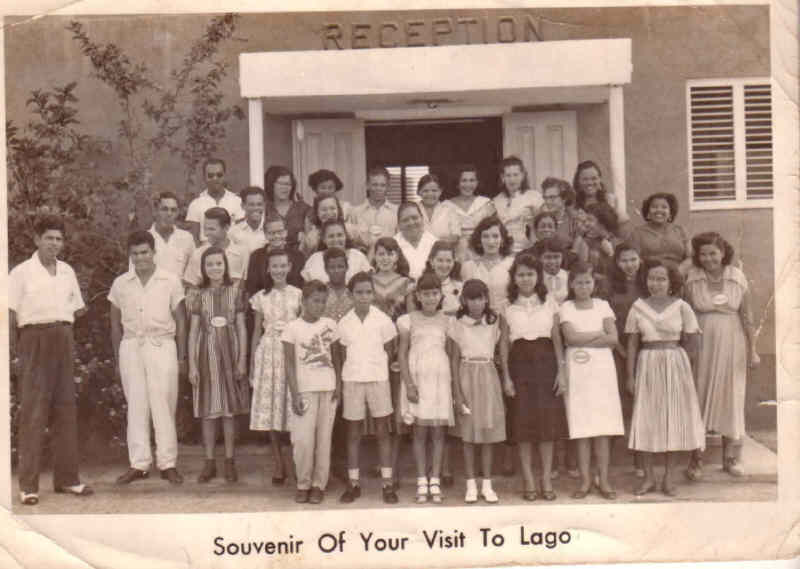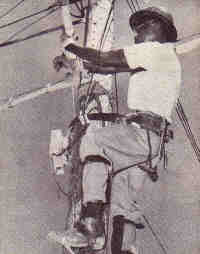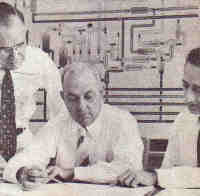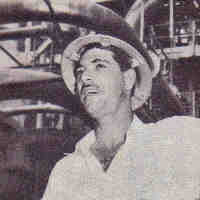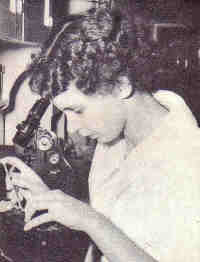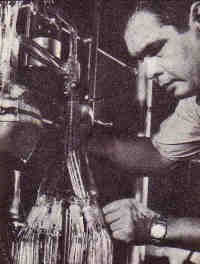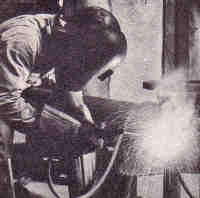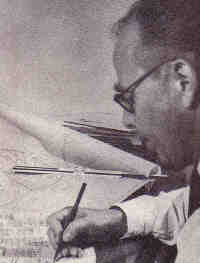Dolfi Kock
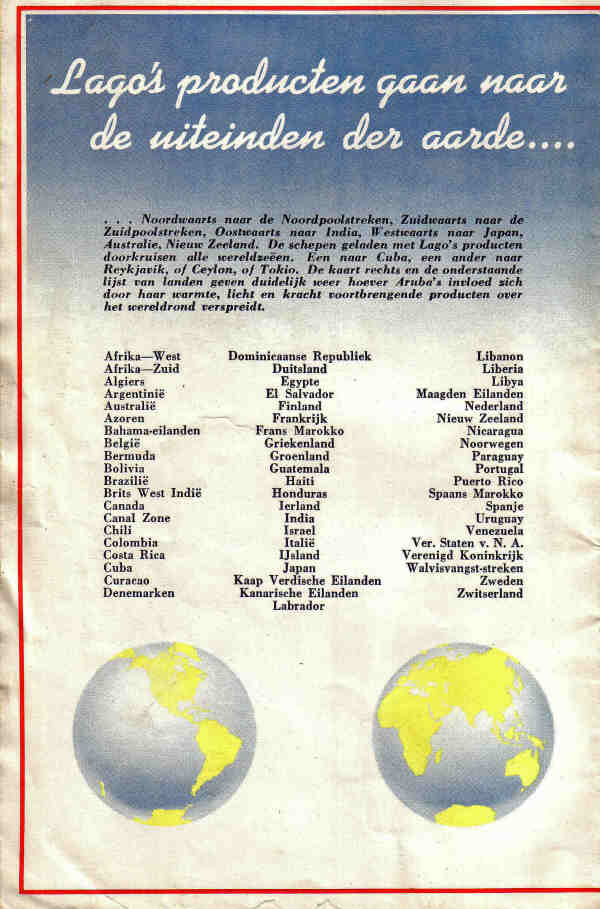
Northward to the North Pole, Southward to the South Pole, Eastward to the India, Westward to Japan, Australia, New Zealand. The ships loaded with Lago products cross all the seas in the world. One to Cuba, another to Reykjavik, or Ceylon, or Tokyo. The legal system and the assisting list of lands clearly explain how far Aruba’s influence by its earnestness, light and heavy generated products had spread all over the world.
| Africa – West | Dominican Republic | Lebanon |
| Africa – South | Germany | Liberia |
| Algeria | Egypt | Libya |
| Argentina | El Salvador | Virgin Island |
| Australia | Finland | Netherlands |
| Azores | France | New Zealand |
| Bahamas Islands | France Morocco | Nicaragua |
| Belgium | Greece | Norway |
| Bermuda | Greenland | Paraguay |
| Bolivia | Guatemala | Portugal |
| Brazil | Haiti | Puerto Rico |
| British West Indies | Honduras | Spanish Morocco |
| Canada | Ireland | Spain |
| Canal Zone | India | Uruguay |
| Chile | Israel | Venezuela |
| Colombia | Italy | United States of America |
| Costa Rica | Iceland | United Kingdom |
| Cuba | Japan | Whaling Grounds |
| Curacao | Cape Cod Island | Sweden |
| Denmark | Canary Islands | Switzerland |
| Labrador |
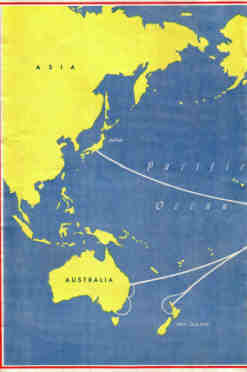
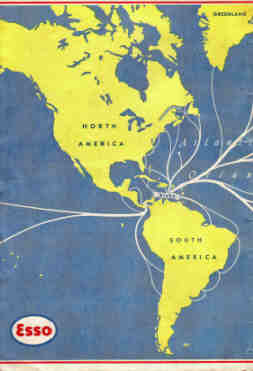
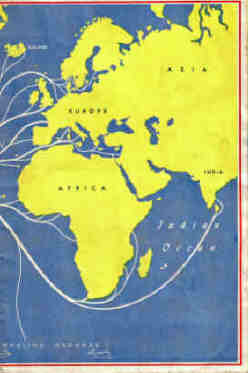
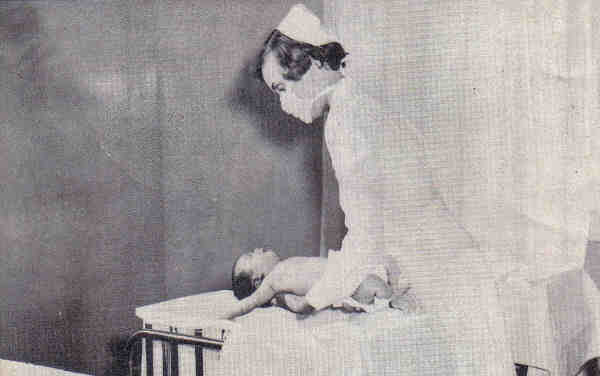
A new life begins in the Lago Hospital….workers and their families receive medical care that no other place in the Caribbean area will provide.
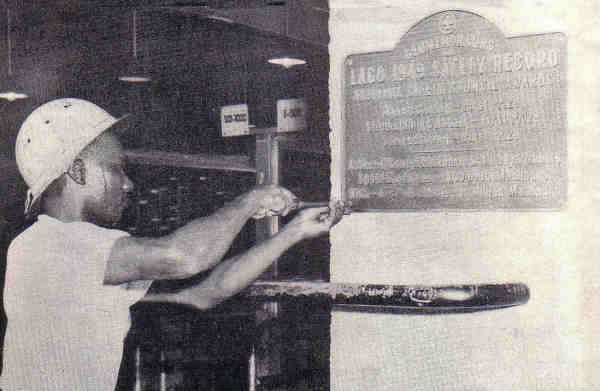
(CLICK ON PHOTO TO READ THE AWARD)
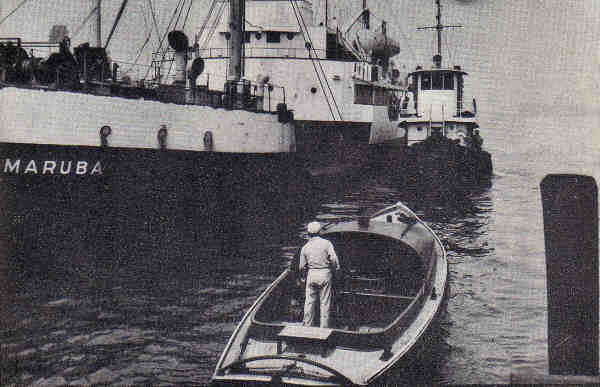
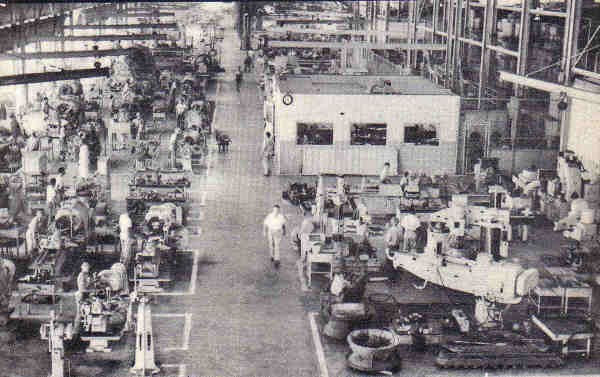
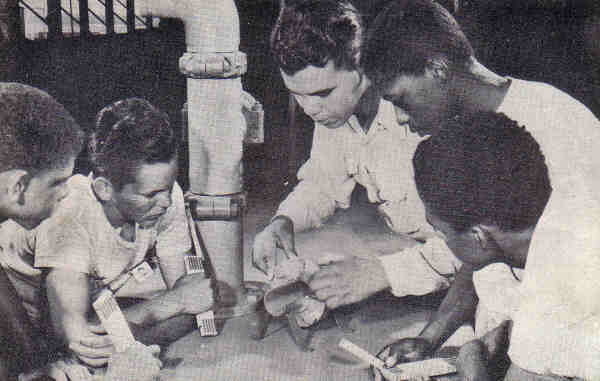
Through the theoretical and practical professional training at the Lago Vocational School are the workers able to obtain better and higher paid positions with much responsibilities.
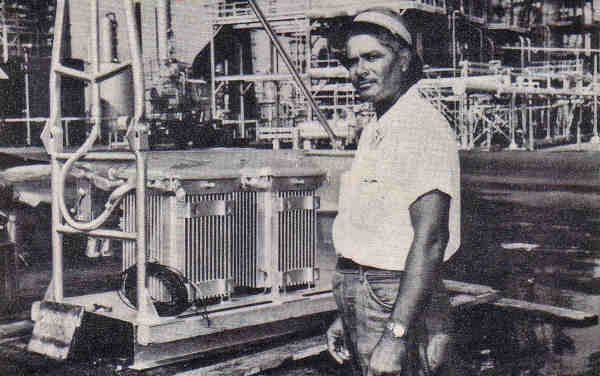
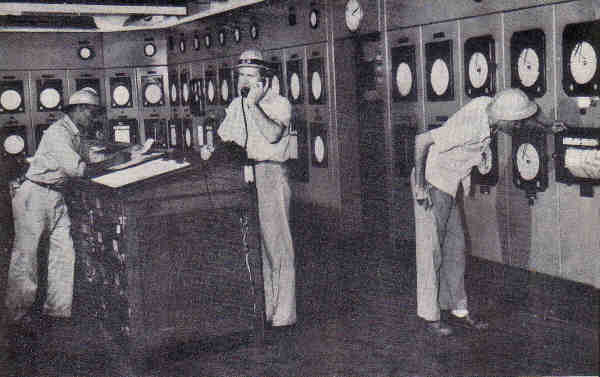
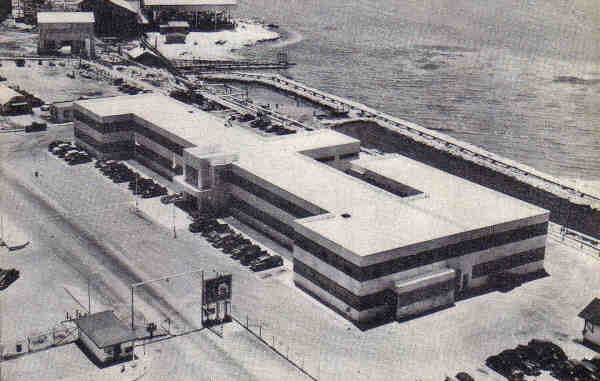
|
The Electrician |
The Project Designers |
The Operator |
The Clinic Assistant |
|
The Lab Technician
|
The Accountant |
The Welder |
The Mathematician
|
These and more than 7000 others, are the supporting pillars from Lago and Aruba in the oil
world. Lago has a big asset, but not worth more than its workers – men and women, who day
in and day out, maintain the huge oil production, by which Lago’s refinery is at the top of
the petroleum industry
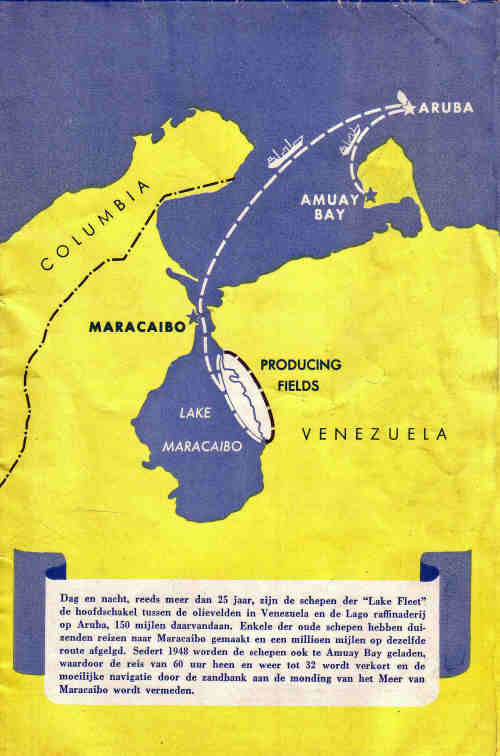
Day and night, already more than 25 years, are the “Lake Fleet” tankers the main link between
The oil fields in Venezuela and the Lago refinery in Aruba, 150 miles away. Some of the old
Ships had established thousands of trips to Maracaibo and one million miles on the same route.
Since 1948 the ships also loaded at Amuay Bay where the 60 hour trip to and from, wasa reduced
By 32 and the difficult navigation through the shallow banks at the entrance of the Lake of
Maracaibo reduced.3
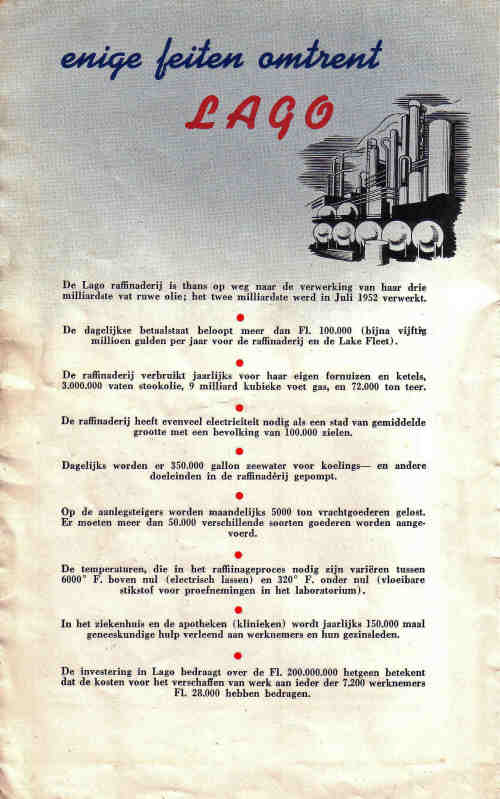
- The Lago refinery is presently in the process of their three million barrels of crude oil; the
two million were processed in July 1952.
- The daily payable fee surpassed more than Fls.100,000.00 (almost fifthy million florins
Per year for the refinery and the Lake Fleet)
- The refinery uses for its won furnaces and boilers, 3,000,000 barrels of fuel oil, 9 million
cubic feet of gas and 72,000 tons of tar on a yearly basis.
- The refinery need electricity equal to a medium-sized city with a population of
100,000 inhabitants.
- 350,000 gallons of seawater are pumped for cooling and other destined points in
The refinery.
- 5000 tons of supplies are discharged monthly on the warf. There must be more than
50,000 different types of merchandise that are conveyed
- The temperatures which are needed in the refining process vary between 6000°F above zero
and 320°F below zero (fluid nitrogen for experiments in the laboratory).
- In the hospital and medical center 150,000 medical assistances are given to workers and their families
- The Lago investment of over Fls.200,000,000.00 means that the costs for providing work to
each of the 7,200 workers amounted to Fls.28,000.00
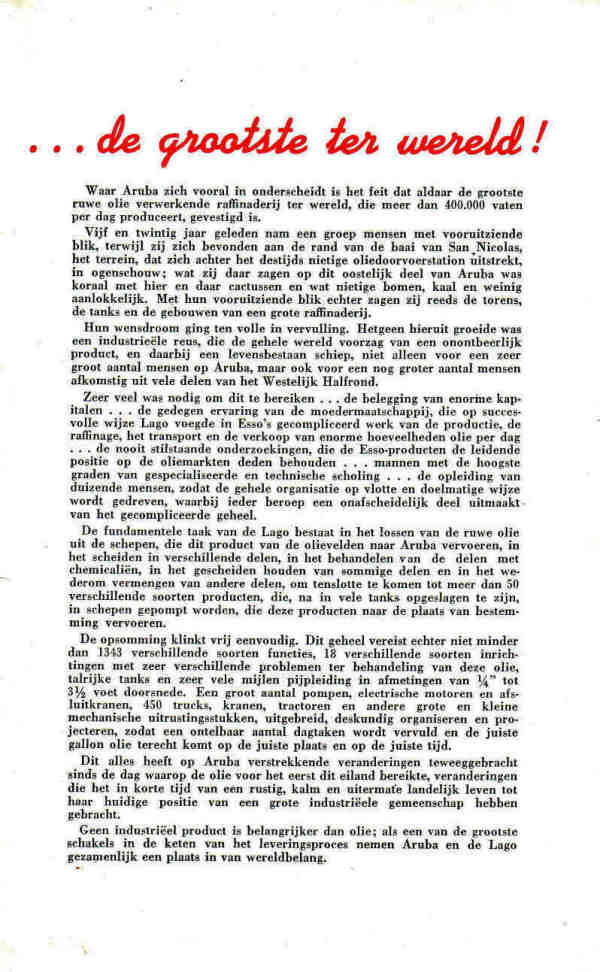
Where Aruba got its distinction lies in the fact that the largest oil refinery in the world, that produces more than 400,000 barrels of raw oil is established twenty-five years ago a group of people with far-seeing foresight, while they found themselves near the bay in San Nicolas, the terrain, which at that time insignificantly extended, in review what they saw on this eastern section of Aruba were corals with cacti and some trees, bare and little allurement. With their far-seeing foresight they visualized the towers, tanks and the buildings of a huge refinery. Their wish dream went in complete accomplishment. What grew here was an industrial giant, that the whole world foresaw from an indispensable product, and besides a life existence, not only for a vast number of people in Aruba, but also for a much larger number of people descending from many parts of the Western Hemisphere. Much was needed to achieve this…the investment of enormous capitals…the vast experience of the parent company, which in a successful manner provided Lago in their complicated work of the production, the refining, the transport and the sale of enormous quantity of fuel oil per day, the never endless investigation, which the Esso products the leading position on the oil markets maintained…people with the highest degree with specialized and technical schooling…the training of thousands of people, in order for the whole organization was managed in a smooth and appropriate manner, where every occupation in inseparable part finishes from a complicated entirety.
The fundamental task of lago consists of discharging the raw crude oil from the tankers, which transport this product from the oil fields to Aruba, in the different separations, in the handling of the chemical divisions, in maintaining of separate divisions and in preventing mixing of other divisions, to finally come to more than 50 different types of products, which are deposited in storage tanks, and then pumped to the ships, which eventually will transport these products to their destinations.
The enumeration sounds easy. This as a whole really requires not less than 1343 different types of functions, 18 different types of arrangements with various problems in handling this oil, numerous tanks and many miles of pipelines with measurements of ¼ “ to 3 ½ - foot sections. A large number of pumps, electrical motors and vales, 450 trucks, cranes, tractors and other large and small mechanical equipment, in extent, expert organization and projection, so that in a number of days it will be loaded and the exact gallons of oil arrive to the right destination and at the right time. All these brought about major changes since the day in which the oil for the first time reached the island, changes which brought with it in a short time of a quiet, calm and extremely noisy life
to its present day position of a huge industrial community. No industrial product is more important than oil; as one of the largest links in the boilers from
the delivering process put Aruba and Lago in a worldwide position.
I just went to my sister's house and my niece told me she has a photo I asked her to find for me. It is a photo of the Lago tour, remember the folder. The guy on the left is Seferiano Luydens, he was from the PR dept. He was in charge of the Lago tours. After leaving Lago he started the snack & souvenir shop at the Natural Bridge. He died in the 80's I think.
